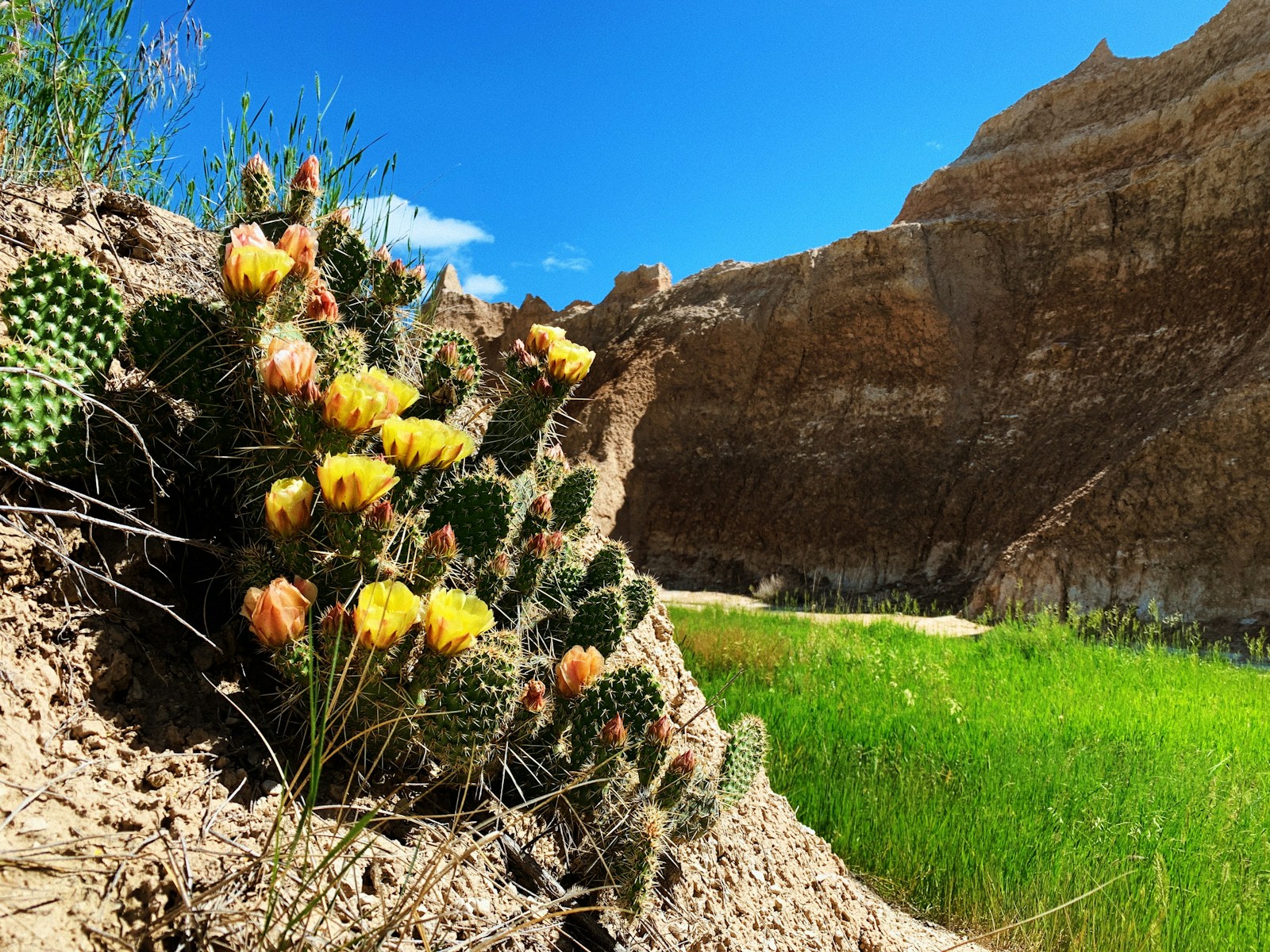As winter’s chill recedes and the first signs of spring emerge, America’s national parks transform into breathtaking canvases of color. From delicate desert blooms to alpine meadows bursting with vibrant petals, spring wildflower displays represent some of nature’s most spectacular seasonal events. These ephemeral botanical showcases draw photographers, nature enthusiasts, and casual visitors alike, offering not just visual splendor but windows into the unique ecology of each park. Timing is everything when planning a wildflower pilgrimage—these fleeting displays depend on the perfect combination of winter precipitation, spring temperatures, and elevation. Let’s explore the most magnificent national parks for experiencing these dazzling springtime exhibitions and discover when to visit for peak blooming seasons.
Death Valley National Park: Desert Super Blooms
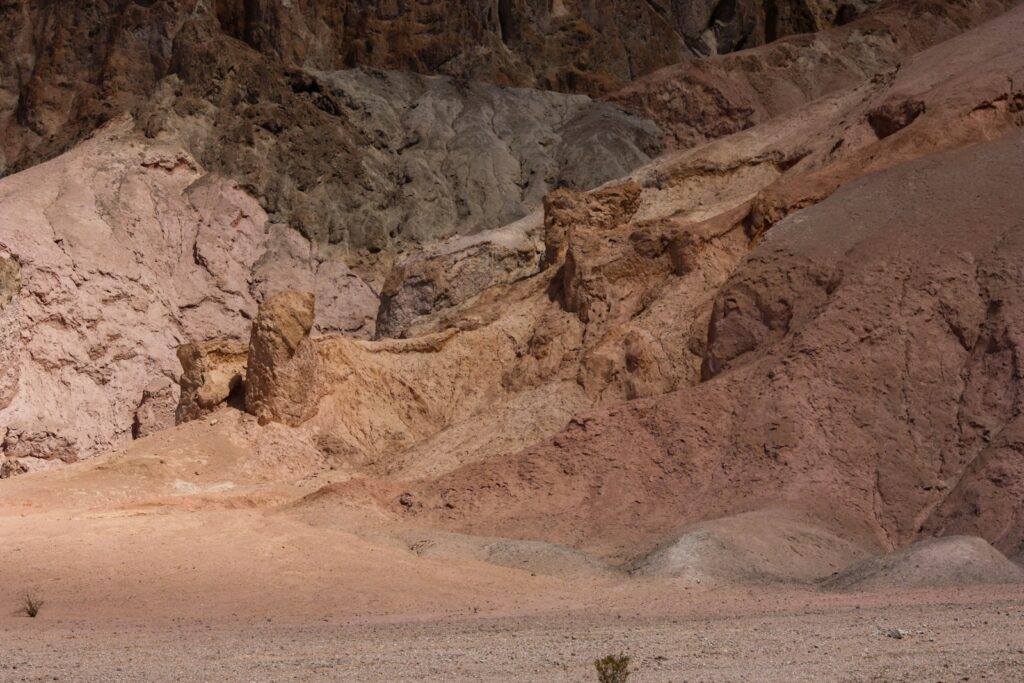
Despite its forbidding name, Death Valley National Park hosts one of nature’s most miraculous transformations when conditions align perfectly. The park’s infamous desert landscape can erupt into a sea of gold, purple, and white blooms during rare “super bloom” events that typically occur after unusually wet winters. Desert marigold, desert five-spot, desert gold, and the vivid magenta of desert sand verbena create sweeping carpets of color across the normally barren landscape. These spectacular events happen approximately once per decade, with recent super blooms occurring in 2016 and 2019, though smaller but still impressive displays may appear annually between late February and mid-April depending on rainfall patterns.
Great Smoky Mountains National Park: A Symphony of Spring Ephemerals
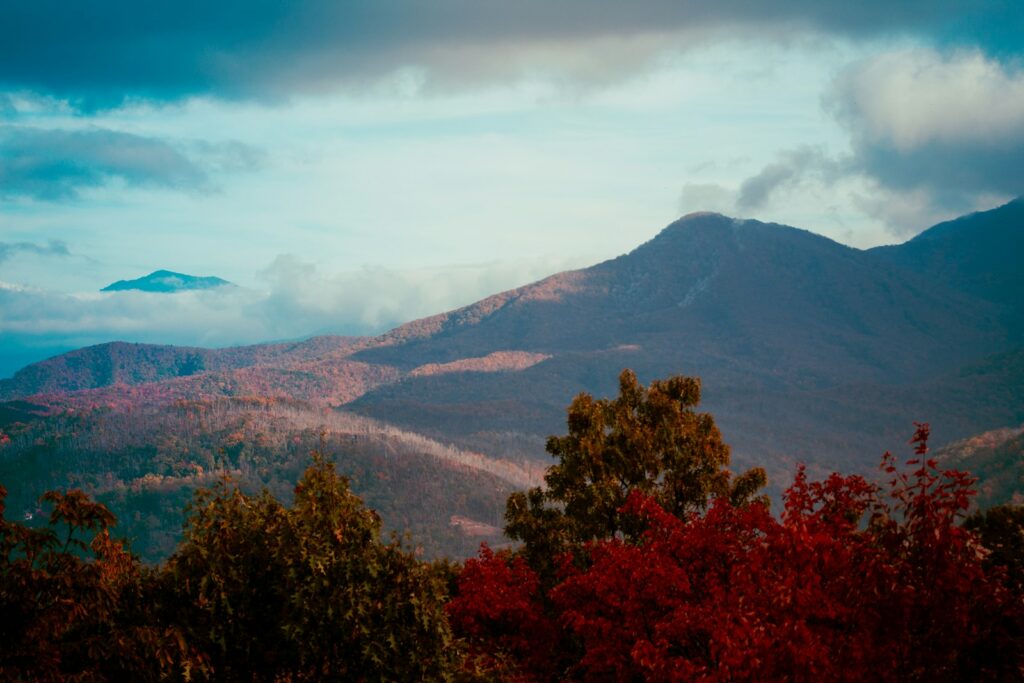
The Great Smoky Mountains boast the most diverse flora of any national park in North America, making it a premier destination for wildflower enthusiasts. The park’s famous spring ephemeral season begins in late February at lower elevations and continues through June in the higher mountains, with peak blooming typically occurring in mid-April. Over 1,500 flowering plant species create a progression of blooms that begins with trillium, spring beauty, and trout lily, followed by phacelia, crested dwarf iris, wild geranium, and countless others. The park celebrates this botanical richness with its annual Spring Wildflower Pilgrimage, offering guided walks and educational programs for visitors eager to identify and learn about these short-lived treasures that complete their life cycles in the brief window before the forest canopy closes.
Shenandoah National Park: Cascading Blooms Along Skyline Drive
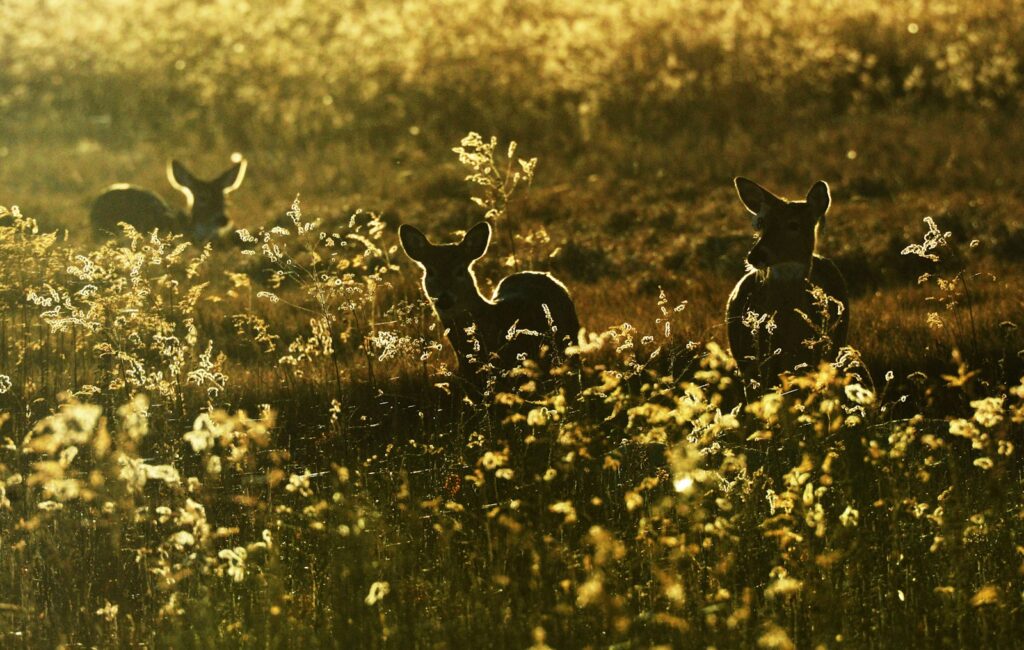
Virginia’s Shenandoah National Park offers one of the most accessible wildflower experiences, with its famous 105-mile Skyline Drive providing numerous overlooks and trailheads for flower viewing. The park’s diverse elevation range creates a “bloom progression” that starts in early March in the lowlands and continues through June at higher elevations. Early spring brings bloodroot, hepatica, and spring beauty, while later weeks showcase trillium, wild geranium, violets, and the spectacular large-flowered bellwort. The Big Meadows area becomes particularly magical in late May when its open fields fill with a patchwork of golden ragwort, buttercups, and multiple species of violet. Shenandoah’s well-maintained trail system, including portions of the Appalachian Trail, allows visitors to immerse themselves in these floral displays while enjoying the park’s famous mountain views.
Olympic National Park: Diverse Ecosystems, Diverse Blooms
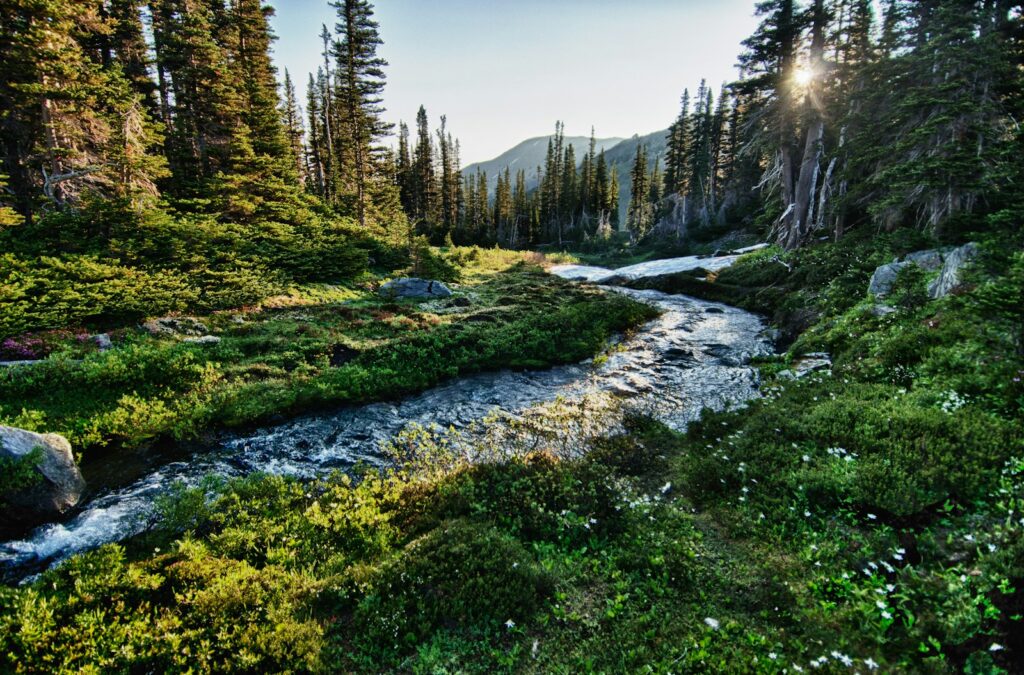
Washington’s Olympic National Park offers a unique wildflower viewing experience due to its incredibly varied ecosystems—from coastal beaches to temperate rainforests to alpine meadows. This ecological diversity creates one of the longest-running wildflower seasons of any national park, stretching from early spring through late summer. The coastal areas begin blooming in March with plants like coast strawberry and salmonberry, while the famous subalpine meadows around Hurricane Ridge burst into color from mid-July through August with lupine, avalanche lily, Indian paintbrush, and bistort creating spectacular displays. One particularly special experience is witnessing the rare Flett’s violet, which grows nowhere else in the world outside the Olympic Mountains, making this park a destination for serious botanical enthusiasts seeking endemic species.
Antelope Valley California Poppy Reserve: Technicolor Orange Hillsides
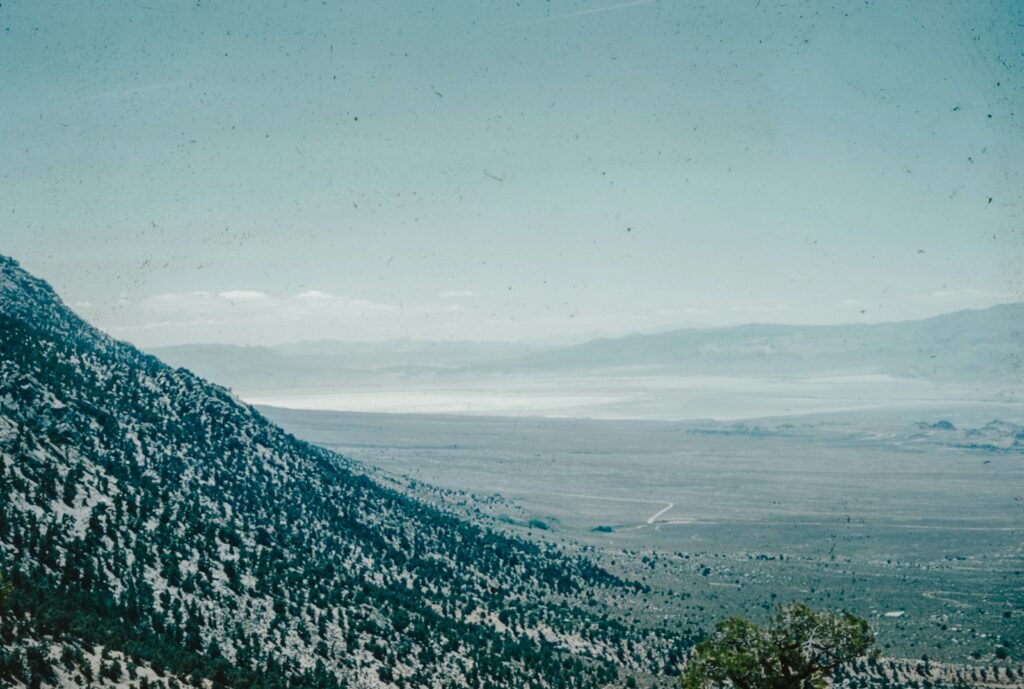
While technically a state natural reserve rather than a national park, the Antelope Valley California Poppy Reserve deserves mention for hosting North America’s most consistent and spectacular poppy displays. Each spring, usually peaking in mid-April, the rolling hills of this high desert landscape transform into an almost surreal orange landscape as California’s state flower blooms en masse. Beyond the iconic poppies, visitors can spot owl’s clover, lupine, goldfield, cream cups, and coreopsis creating a multi-colored palette across the landscape. The reserve’s eight miles of trails wind through the prime viewing areas, with the Tehachapi Vista Point offering particularly breathtaking panoramic views of the floral spectacle.
Rocky Mountain National Park: Alpine Meadows in Bloom
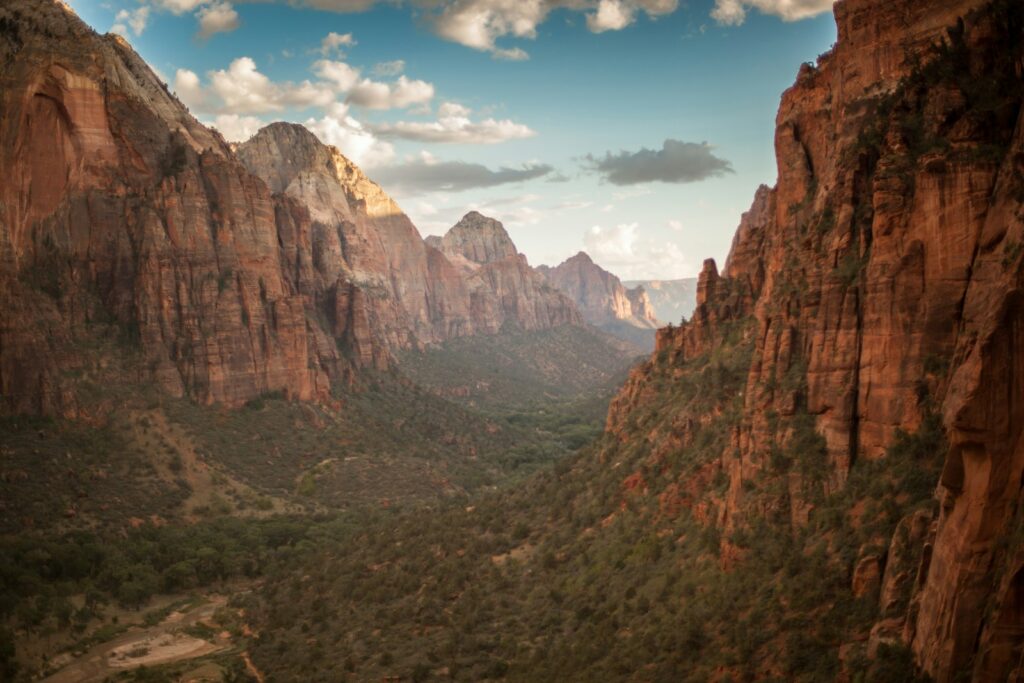
The high-elevation ecosystems of Colorado’s Rocky Mountain National Park create a compressed but spectacular wildflower season that typically peaks from late June through early August. As snow recedes from the alpine meadows, a rapid succession of blooms transforms the landscape, with different species dominating every few weeks. Early summer brings avalanche lilies and marsh marigolds in wet areas, followed by the painter’s palette of colors from Indian paintbrush, columbine (Colorado’s state flower), lupine, and alpine sunflowers. The park’s famous Trail Ridge Road provides excellent access to these high-elevation displays, with the Alpine Visitor Center area offering some of the most accessible viewing opportunities for spectacular alpine wildflower meadows above the treeline.
Big Bend National Park: Desert Diversity
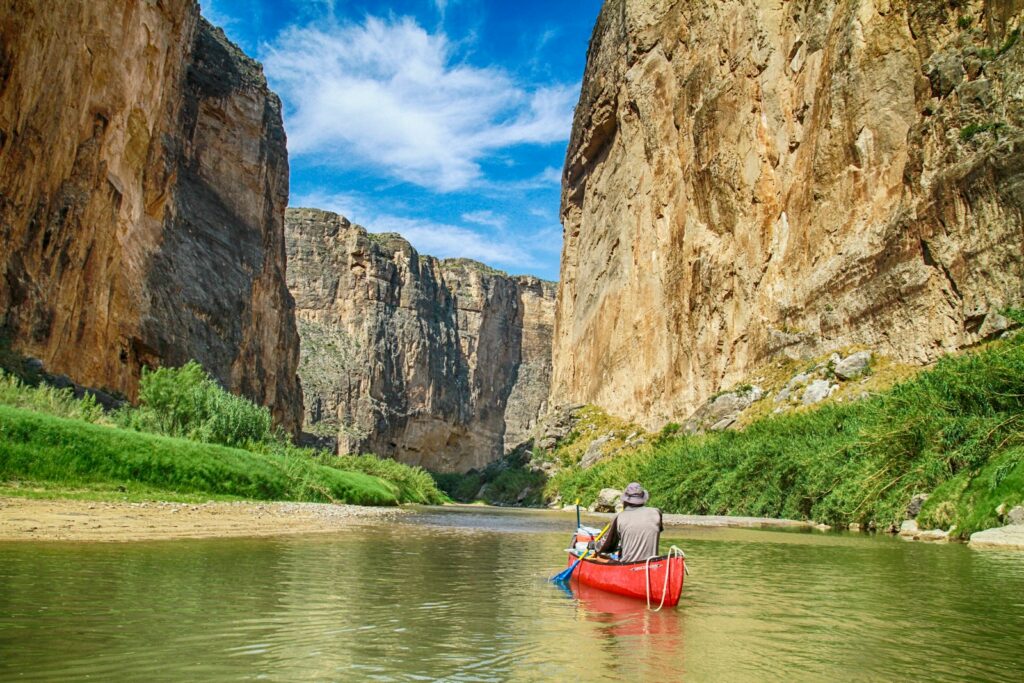
Texas’s Big Bend National Park offers one of the earliest spring wildflower displays in the national park system, sometimes beginning as early as January in mild winters. The park’s remarkable biological diversity—with over 1,200 plant species—creates a lengthy and varied blooming season that can extend well into summer at higher elevations. The iconic Big Bend bluebonnet (a unique subspecies found nowhere else) creates stunning blue carpets in March and April, while ocotillo plants send up their dramatic red flower spikes against the desert backdrop. Visitors can also encounter prickly pear cactus blooms, desert marigold, and the magnificent century plant, whose dramatic flowering stalk can reach heights of 15 feet before the plant completes its life cycle.
Mount Rainier National Park: Subalpine Flower Fields
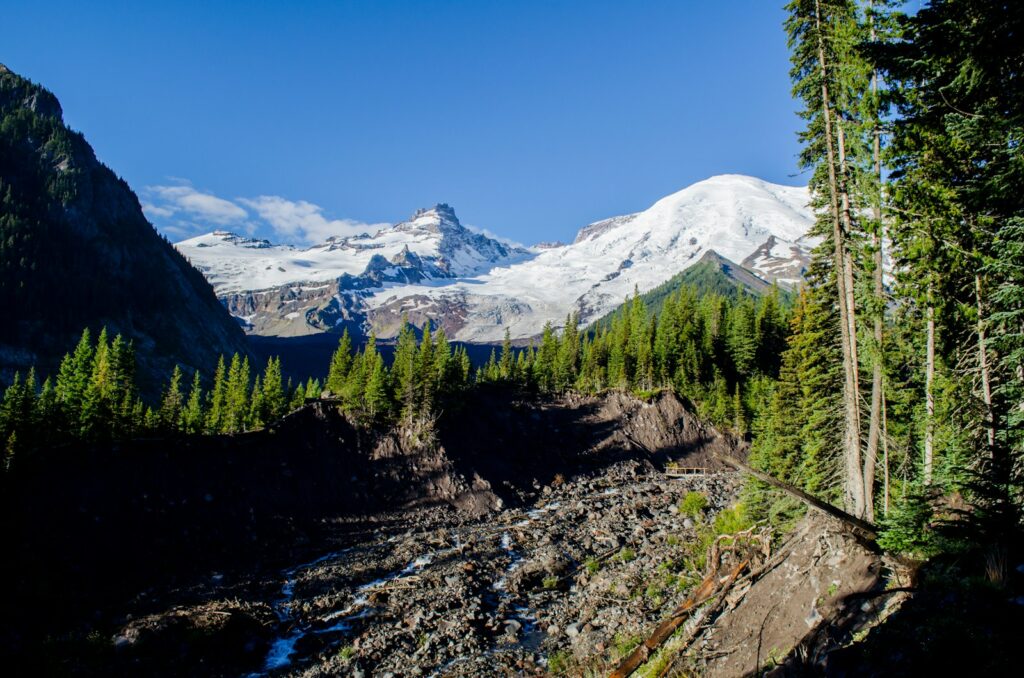
Perhaps no national park is more famous for its wildflower displays than Washington’s Mount Rainier, where the aptly named Paradise area hosts some of the most spectacular subalpine meadows in North America. The intense but brief growing season at these elevations creates an explosion of color typically peaking from mid-July through August. Massive fields of avalanche lilies emerge as the snow melts, followed by lupine, paintbrush, aster, bistort, and dozens of other species creating what John Muir once described as “the most luxuriant and the most extravagantly beautiful of all the alpine gardens I ever beheld.” The Paradise, Sunrise, and Tipsoo Lake areas offer easily accessible viewing opportunities with well-maintained trails through the prime flower meadows, though timing is crucial as the display typically lasts only 3-4 weeks.
Craters of the Moon National Monument: Blooms From Volcanic Soil
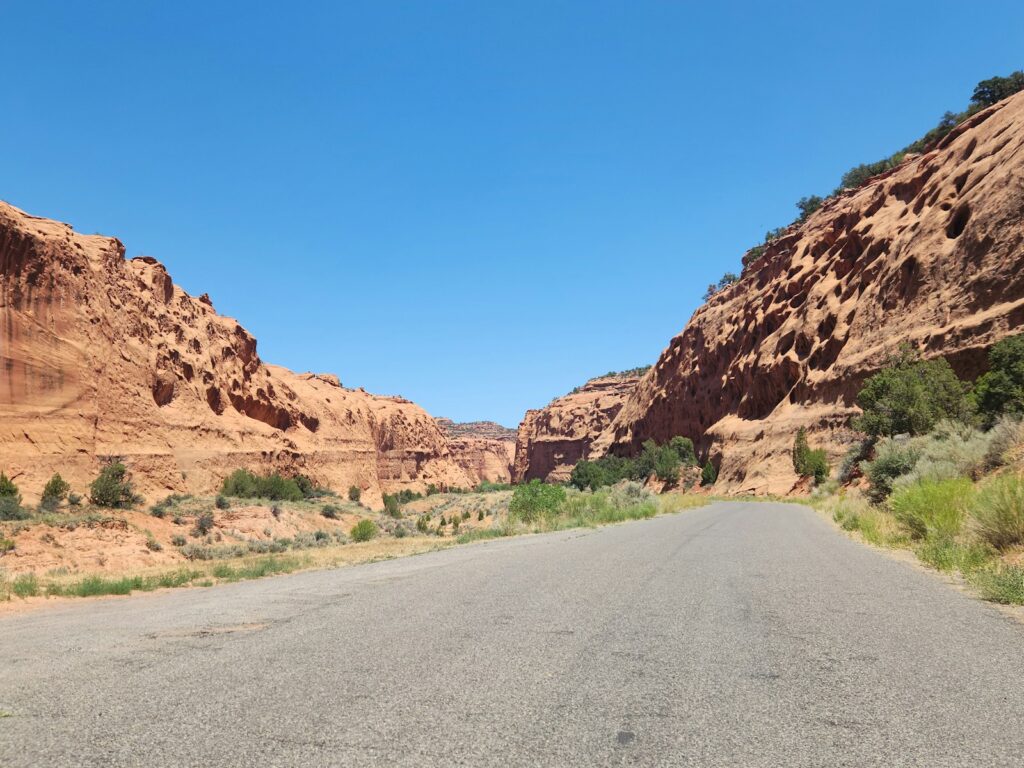
Idaho’s otherworldly Craters of the Moon National Monument presents a surprising and unique wildflower experience as life emerges from what appears to be a barren, lunar-like volcanic landscape. The contrast between the black lava fields and the bright flowers makes this spring display particularly dramatic, typically peaking in late May through June. Dwarf buckwheat, bitterroot, syringa (Idaho’s state flower), and several species of penstemon manage to thrive in this harsh environment, often growing directly from cracks in the lava. The monument’s seven-mile loop drive provides access to several short trails that showcase these remarkable botanical survivors, with the Devil’s Orchard Trail offering particularly good viewing opportunities to witness nature’s resilience in an extreme environment.
Joshua Tree National Park: Desert Blooms and Joshua Trees
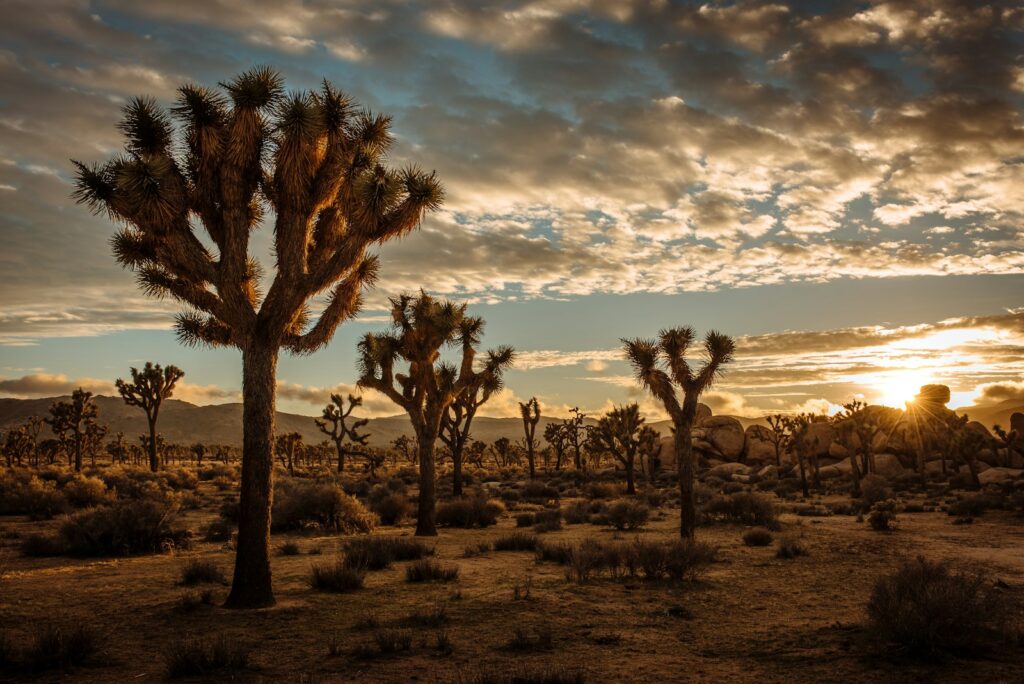
California’s Joshua Tree National Park hosts a remarkable spring wildflower season that typically runs from late February through May, with exact timing dependent on winter rainfall patterns. The park’s position at the intersection of the Mojave and Colorado deserts creates a diverse range of plant communities and flowering species. Beyond the iconic Joshua trees themselves, which may bloom with cream-colored flower clusters at branch tips, visitors can encounter desert paintbrush, desert mariposa lily, and the spectacular beavertail cactus flowers in vibrant magenta. The Cholla Cactus Garden is particularly stunning when the chollas bloom with their delicate flowers, while the Bajada areas along Pinto Basin Road often host the most consistent wildflower displays when desert annual plants carpet the ground after good rain years.
Saguaro National Park: Cactus Flowers and Desert Blooms
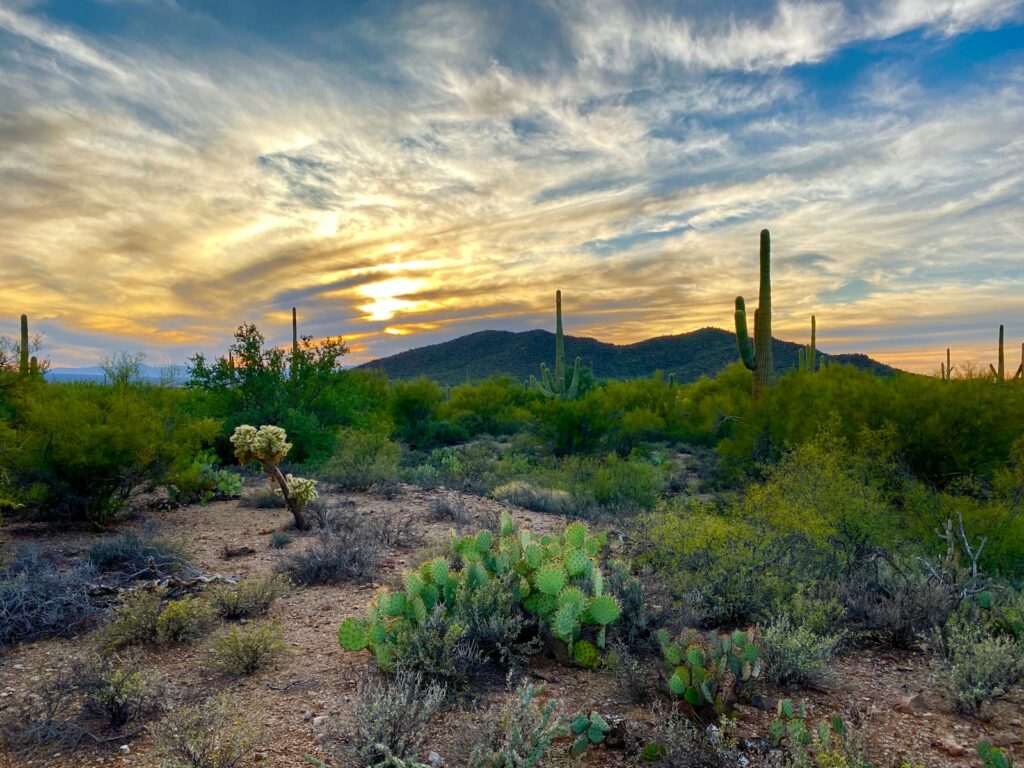
Arizona’s Saguaro National Park offers one of the most unique wildflower experiences as the magnificent saguaro cacti put forth their elegant white blooms, typically in May and June. These flowers, which open at night and close by midday, are Arizona’s state flower and attract numerous pollinators like bats, birds, and insects. Beyond the saguaros, the park’s spring season begins earlier, with March and April bringing blooms from brittlebush, penstemon, desert mariposa lily, and the brilliant orange of globe mallow scattered across the landscape. The hedgehog and prickly pear cacti create particularly colorful displays when their vivid flowers emerge, typically in April, creating a stark contrast against the desert backdrop and demonstrating the surprising biological diversity of this seemingly harsh environment.
Planning Your Wildflower Visit: Essential Tips
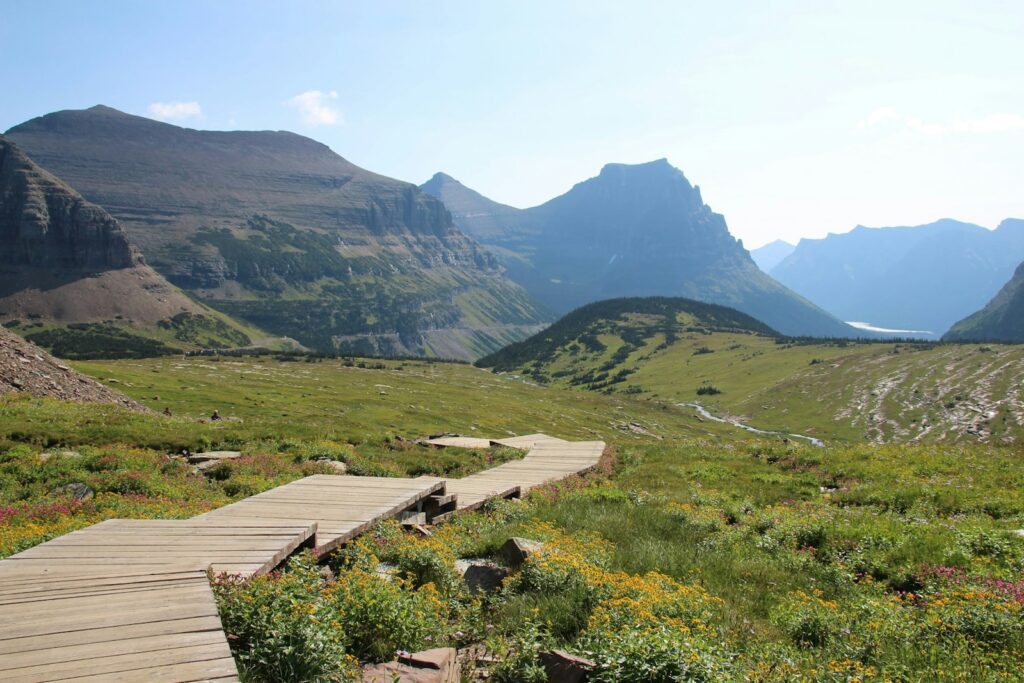
Successfully timing a wildflower-focused national park visit requires flexibility and attention to park resources. Most parks maintain wildflower trackers or bloom reports on their websites during spring, offering crucial real-time information about peak displays. Weather patterns dramatically affect blooming schedules—warm, dry springs accelerate blooming while cool, wet conditions may delay peak displays by weeks. Consider planning extended stays or keeping travel plans flexible to adjust your visit timing based on current conditions. When photographing wildflowers, use early morning or late afternoon light for best results, and remember to practice responsible viewing by staying on designated trails to avoid damaging fragile ecosystems. Many parks also offer ranger-led wildflower walks during peak season, providing expert identification and ecological insights that enhance the experience dramatically.
Conservation Challenges and Visitor Responsibilities
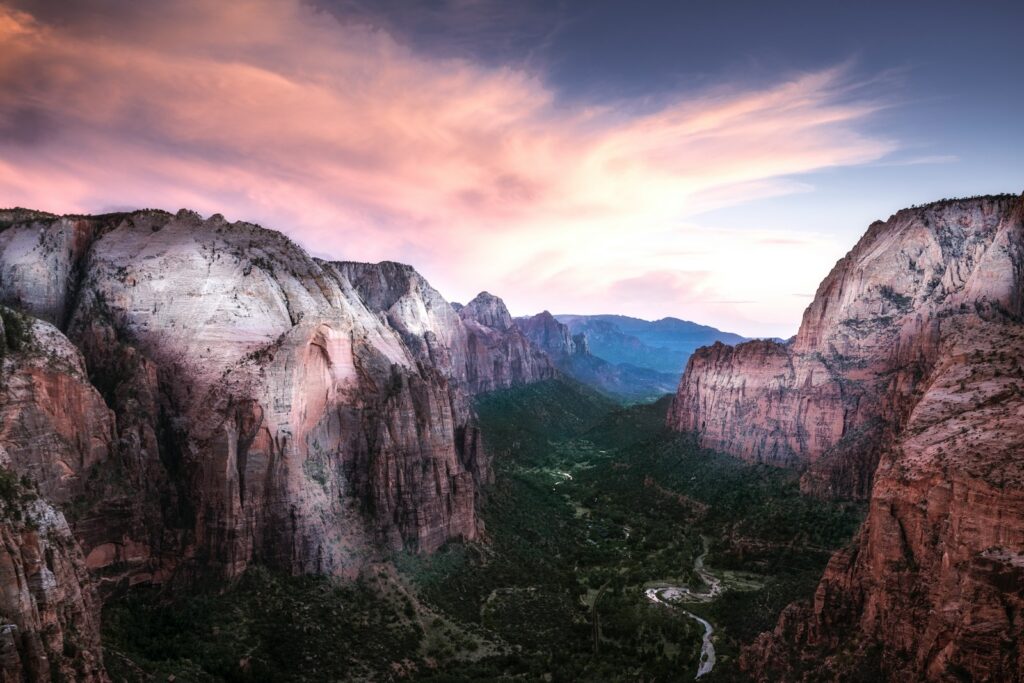
The increasing popularity of wildflower viewing creates both opportunities and challenges for national parks. Climate change is altering traditional blooming patterns, with some parks reporting earlier bloom times and others seeing disruptions in the predictable progression of species. Visitor pressure during peak bloom periods can lead to trail congestion and, unfortunately, off-trail walking that damages fragile plants and compacts soil. Parks are responding with education campaigns emphasizing responsible viewing practices—”Take only photographs, leave only footprints” remains the essential guidance. Some parks have implemented reservation systems during peak bloom periods to manage capacity, while others have created specific viewing areas designed to accommodate visitors while protecting the majority of wildflower habitat from excessive impact.
Conclusion
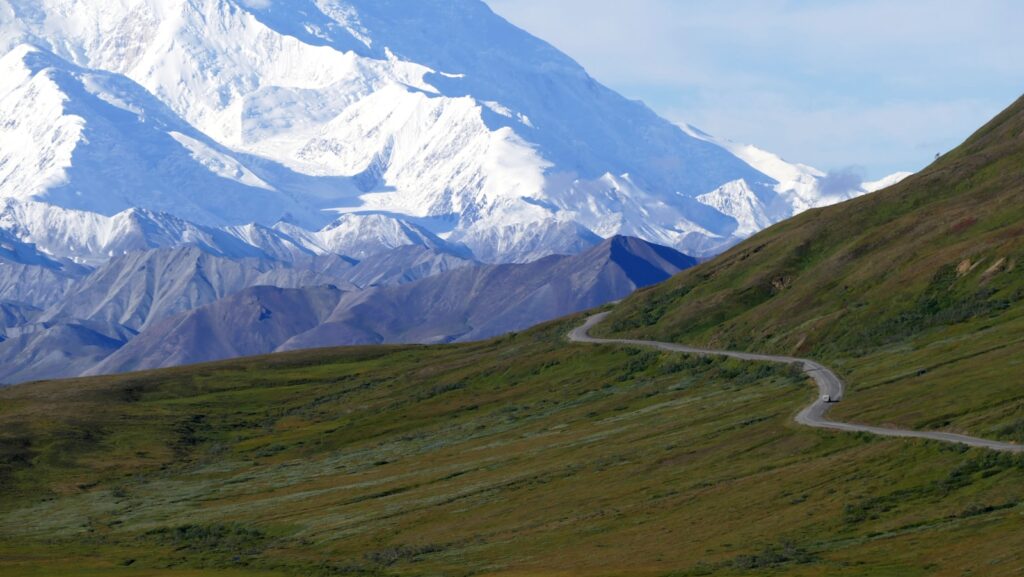
The ephemeral nature of wildflower displays makes them all the more precious—a reminder of nature’s cycles and the remarkable diversity of plant life across America’s protected landscapes. From desert super blooms to alpine meadows, these spectacular spring displays represent some of the most accessible and democratic natural wonders, requiring no special skills or equipment to appreciate fully. By planning thoughtfully, respecting park guidelines, and remaining flexible, visitors can experience these magnificent floral exhibitions while helping ensure they continue to flourish for future generations. As climate patterns shift and visitation increases, our responsibility as stewards of these natural treasures becomes ever more important—allowing us to continue celebrating the annual rebirth that wildflowers so beautifully represent.

